
The world of aviation has always been an awe-inspiring realm of human achievement, allowing us to conquer the skies and connect distant corners of the globe. At any given moment, thousands of planes traverse the Earth’s atmosphere, facilitating travel, trade, and exploration on an unprecedented scale.
However, have you ever wondered about the diverse array of airplanes that populate our skies? From nimble single-seaters to colossal jumbo jets, the world of aviation boasts an impressive variety of plane types, each designed to serve specific purposes.
Aviation has witnessed remarkable advancements throughout history, leading to the development of distinct plane types that cater to diverse needs. From military fighter jets to cargo carriers and passenger airliners, each category of aircraft possesses unique characteristics and capabilities.
So fasten your seatbelts and prepare for takeoff as we embark on an exhilarating journey through the captivating world of all plane types:
What are the Main Types of Planes?
The five main types of planes include:
- Passenger Planes
- Propellor Planes
- Private or Business Planes
- Military Planes
- Cargo Planes
Passenger planes:
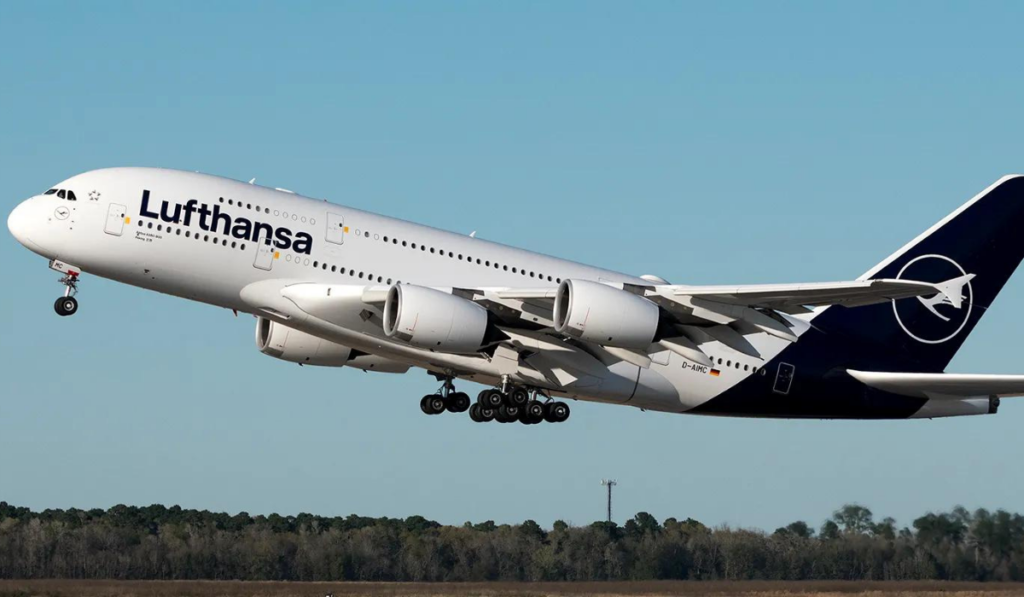
Passenger planes comprise the majority of planes dedicated to transporting individuals from one destination to another. This category encompasses a broad spectrum of planes, ranging from small two-seater Cessna planes commonly used for recreational purposes to the immense double-decker Airbus A380 super jumbo, capable of accommodating over 500 passengers.
Here are some common types of passenger planes:
#1 Passenger Turboprops:
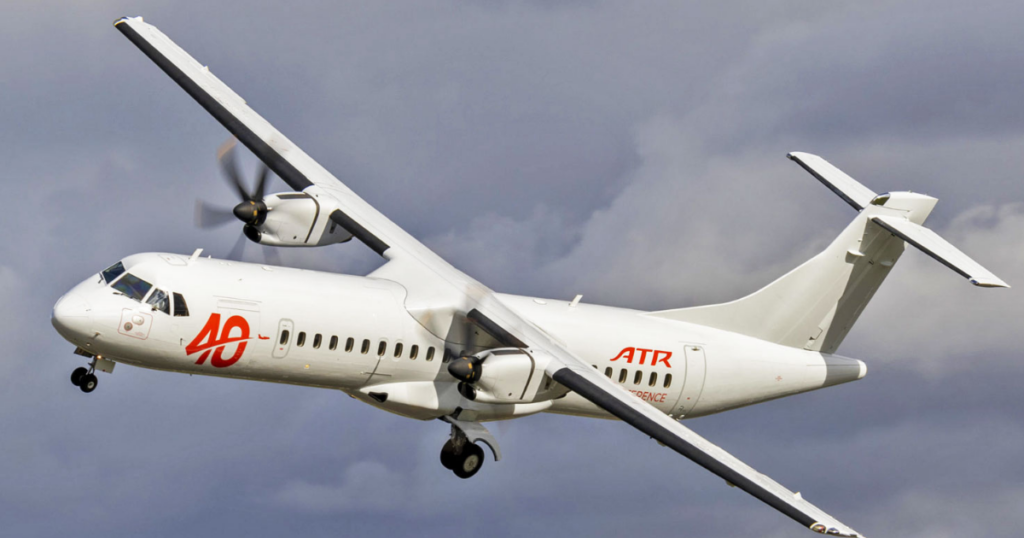
Turboprop planes play a vital role in facilitating regional travel, allowing passengers to reach their destinations efficiently. These aircraft are commonly deployed on shorter routes, cruising at altitudes ranging from 20,000 to 25,000 feet and maintaining a slightly slower speed of around 300 knots or 345 mph.
Furthermore, passenger turboprop planes can operate from and take off on shorter runways, enhancing their versatility. This makes it possible to fly a wider range of short flights to satisfy market demands. For instance, the Bombardier Q400, a larger turboprop aircraft, can accommodate up to 80 passengers.
#2 Light Passenger Jets:

In light passenger jets, the seating capacity typically ranges from 60 to 100 passengers. These compact passenger jets are particularly favored for regional routes. Their smaller size makes them well-suited for operation by budget or economy airlines.
The seating arrangement in light passenger jets is often divided into two sections, with each section located on either side of a central aisle. In contrast, larger jets feature three sections and two aisles. An example of a light passenger jet includes the Embraer 175, which can cover distances of up to 1,800 miles while cruising at a speed of 545 miles per hour.
#3 Mid-Size Passenger Jets:

Mid-size passenger jets have the capacity to accommodate up to 200 passengers. With a range of approximately 4,500 nautical miles, these jets are suitable for flights lasting anywhere from 45 minutes to over 5 hours.
They are commonly employed for short-haul travel, connecting major airport hubs like Heathrow to smaller airports. Low-cost carriers favor medium passenger jets, such as the Boeing 737 and Airbus A320, due to their relatively economical operating costs, ability to reach various destinations, and versatile in-flight amenities.
#4 Large Passenger Jets:

Large transport aircraft are specifically designed for long-haul flights, including transcontinental or transoceanic journeys, while carrying a substantial payload. These planes have a maximum take-off weight of 319 tonnes and can fly non-stop for more than 10 hours.
In terms of seating capacity, large passenger aircraft can accommodate anywhere between 275 and 375 passengers. It is important to note that larger passenger aircraft require longer runways and are typically limited to major airports. Prominent examples of large passenger jets include the Boeing 787 Dreamliner and Boeing 777-X.
#5 Super Jumbo Passenger Jets:
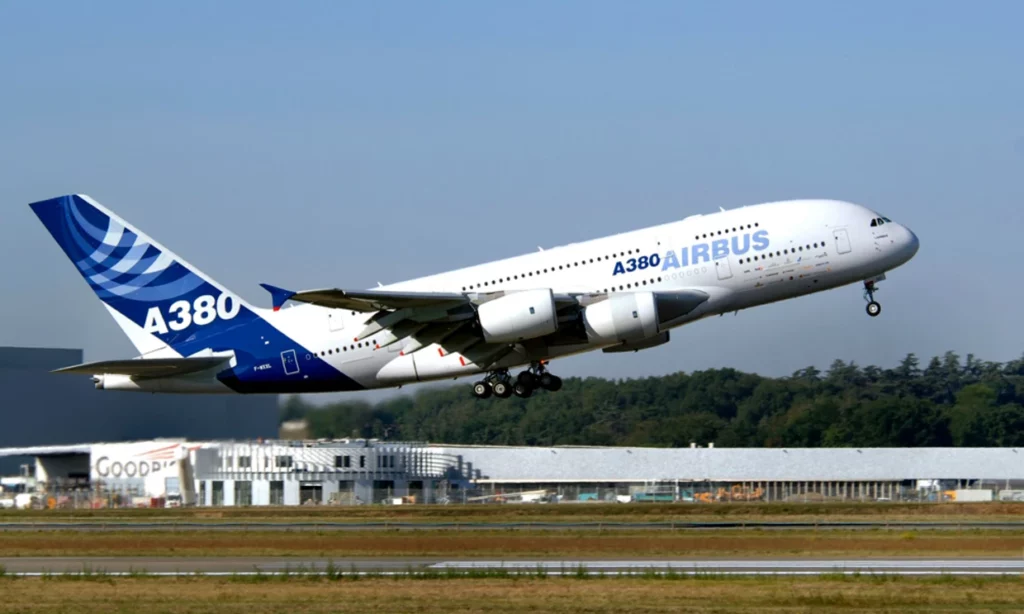
The category of very large passenger aircraft, often referred to as “double deckers” or “super jumbos,” is dominated by two prominent models: the Boeing 747 and the Airbus A380.
The Airbus A380, with its two double decks, boasts an impressive seating capacity of up to 800 passengers, although a typical three-class configuration accommodates around 550 passengers. The A380’s maximum take-off weight reaches approximately 550 tonnes.
The Boeing 747, widely recognized as the pioneer of jumbo jets and large passenger aircraft, introduced the concept of high-capacity air travel. Currently, the largest variant in passenger service is the 747-8i.
Propellor Planes:
These planes typically fly in favorable weather conditions and predominantly during daylight hours.
#6 Single-engine piston:
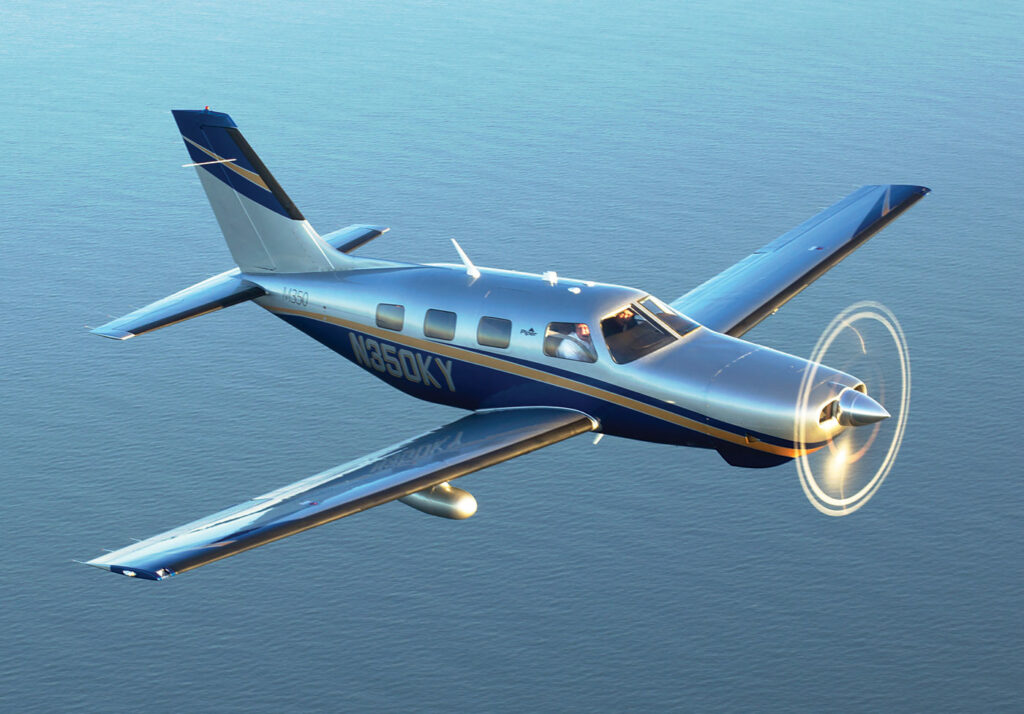
Single-engine piston planes are a prevalent and most common type of plane in this category. These planes are highly sought after by flying schools due to their forgiving flight characteristics, making them ideal for pilot training.
One of the key advantages of single-engine piston aircraft is their affordability, offering a lower cost per hour compared to other aircraft types. In terms of maintenance, single-engine piston planes are known for having the lowest upkeep expenses among powered planes.
Examples of single-engine piston planes include the Cessna 152 and Piper Warrior PA-28. These planes can take off from grass airfields or relatively short runways, often requiring a distance of 400 meters or less in certain cases.
Related: Why don’t planes fly in a straight line on a map?
#7 Microlights:

Microlights are single-engine piston planes, distinguished by their lighter weight and lower take-off weights, which necessitate the use of smaller engines. These planes can be flown with recreational licenses like the Light Aircraft Pilot Licence, resulting in cost savings.
Microlights offer a budget-friendly option for flying single-engine piston aircraft. They are available in various configurations, including flex-wing, fixed-wing, and powered parachute designs.
#8 Multi-Engine piston:
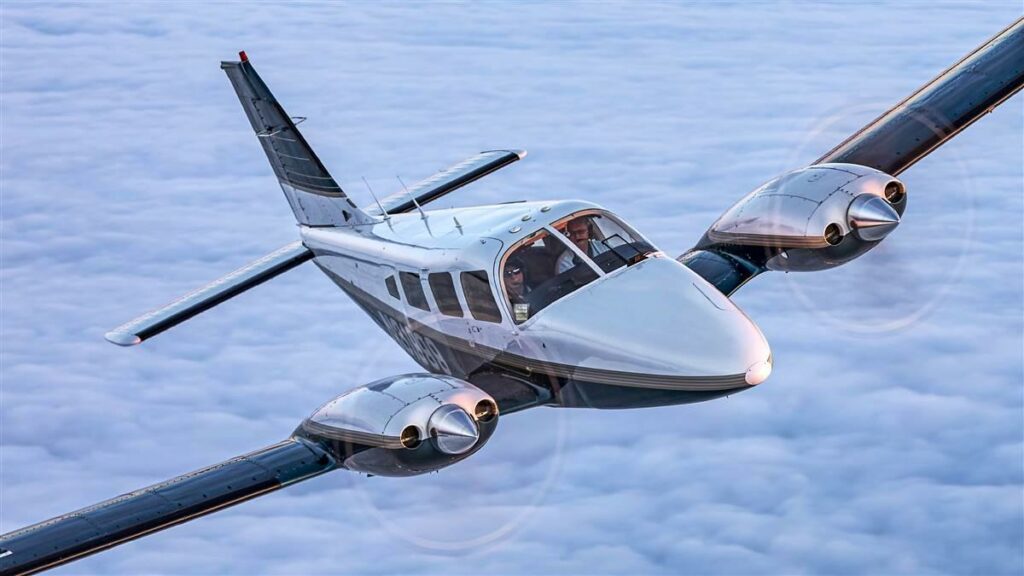
Multi-engine piston planes provide an added layer of safety with the inclusion of two engines instead of one. Unlike single-engine piston planes, which would need to make an emergency landing in the event of an engine failure, a multi-engine piston aircraft experiencing such an issue can divert to a suitable alternate airport.
However, it is important to note that multi-engine piston aircraft come with higher costs, both in terms of initial purchase and ongoing operation, owing to their increased complexity and the need to maintain and monitor two engines. The Cessna Seneca aircraft serves as an example of a multi-engine piston plane.
#9 Aerobatic planes:

If you’re yearning for the exhilaration of flying upside down and experiencing intense gravitational forces, a trial flight in an aerobatic aircraft is a thrilling option. These high-performance planes are renowned for their speed and ability to execute thrilling maneuvers such as dives and rolls in the air.
Due to their lightweight design and exceptional maneuverability, they are often utilized for precision aerial displays and choreographed drills. Typically, aerobatic planes are either single-seaters or two-seaters, built to withstand forces ranging from +5g to +9g, enabling them to execute both positive and negative G maneuvers.
#10 Gliders:

Although lacking an engine, gliders are classified as airplanes. They can be launched into the air through methods such as aero towing, winch launching, or self-launching. Gliders rely on various types of lift to remain airborne, including thermal, ridge, or mountain wave lift.
Skilled glider pilots can sustain continuous flights of 300-500km, lasting over 5 hours or more when favorable conditions are present, utilizing natural forms of lift. Gliding is regarded as one of the most cost-effective and unadulterated forms of aviation.
Business or Private Jets:
Here are some common types of business and private jets:
#11 VLJ (Very Light Jets):

The smallest category of business or private jets is referred to as very light jets. These compact planes are typically designed to accommodate approximately 6 to 8 passengers, making them well-suited for short trips and regional flights lasting around 45 to 60 minutes. While very light jets offer cost-effective operations and are suitable for brief flights, they may not provide the most luxurious experience for passengers.
Unlike larger aircraft, these small planes usually lack a dedicated private bathroom area and instead feature a privacy curtain and emergency toilet. Therefore, it is advisable for passengers to use restroom facilities before boarding a flight on these jets.
Related: Top 15 Fastest Private Jets: How Fast Does A Private Jet Fly
#12 Mid-Size Private Jets:
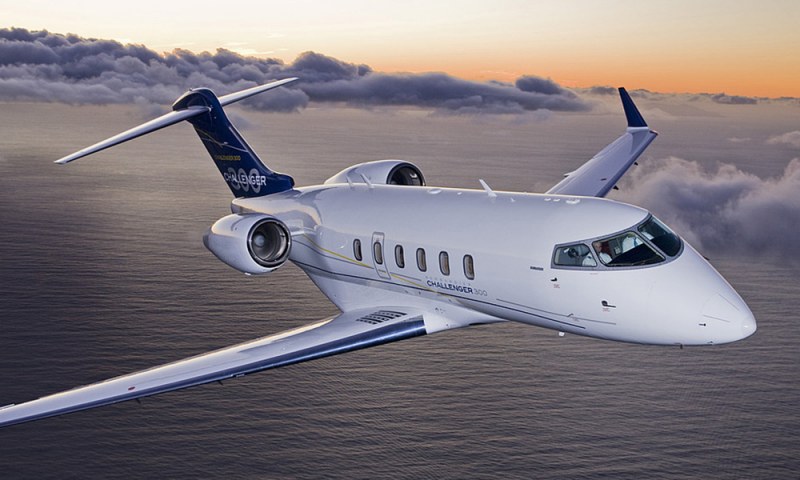
Mid-size private jets and business planes are slightly larger than very light jets, providing the capacity to accommodate up to 10 passengers. As the size of these aircraft increases, passengers are offered enhanced amenities. For instance, mid-size private planes typically include a private bathroom, providing a higher level of comfort and convenience.
Unlike very light jets, mid-size private planes are capable of handling most domestic flights within the United States. They cruise at speeds of around 500 miles per hour and can cover distances ranging from 2,000 to 3,000 miles, effectively covering a majority of the country’s flight routes.
#13 Large Private Jets:
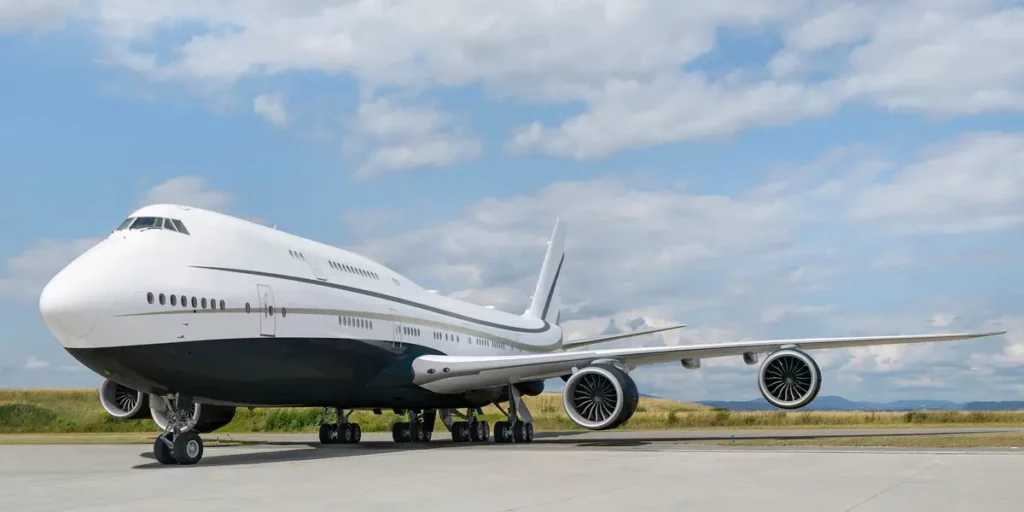
Large private jets typically consist of medium to large commercial aircraft that have been transformed into lavish business jets. Notable examples include the Boeing business jet range, such as the 737 BBJ, 747 BBJ, or even the 777 BBJ. They accommodate anywhere from 10 to 18 passengers.
These large private jets represent the epitome of luxury, offering an array of amenities and independent living spaces such as lounges, dining rooms, bedrooms, and even private cinemas. Large private jets are primarily acquired by affluent individuals, heads of state, or companies seeking to optimize the productivity of their personnel during travel while ensuring the utmost privacy.
Related: World’s Largest Aircraft carriers!
#14 Turboprop Private Jet Aircraft:
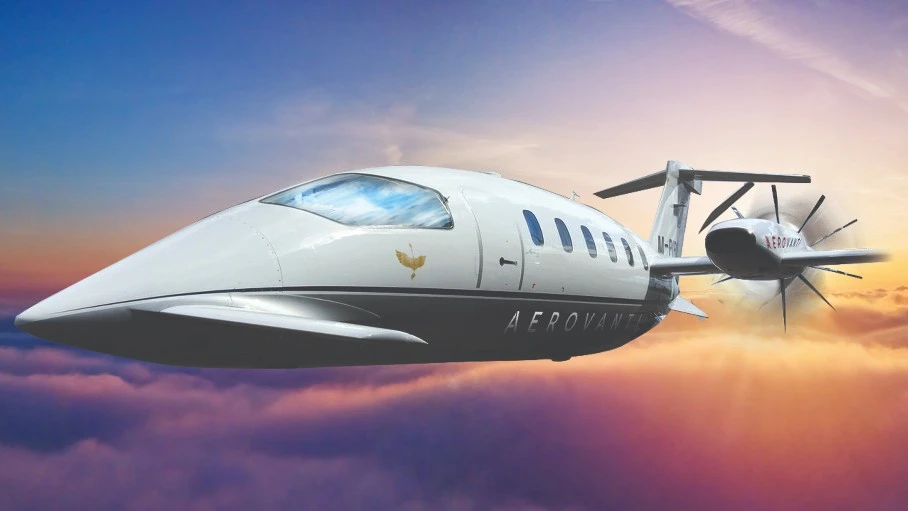
Corporations and individuals utilize private turboprop aircraft for shorter journeys where long-distance travel is unnecessary. These aircraft offer a cruise speed of approximately 300 knots and typically operate at altitudes between 20,000 and 25,000 feet.
One advantage of private turboprop aircraft with lower landing weights is that they incur lower landing fees and maintenance costs. Additionally, they have the ability to land at smaller airfields, which can be more convenient for their owners. Similar to large business jets, the notable advantage of private turboprop aircraft is the ability for companies to conduct full-scale meetings and conferences onboard.
Related: Top 15 Biggest Private Jets In The World
Military Planes:
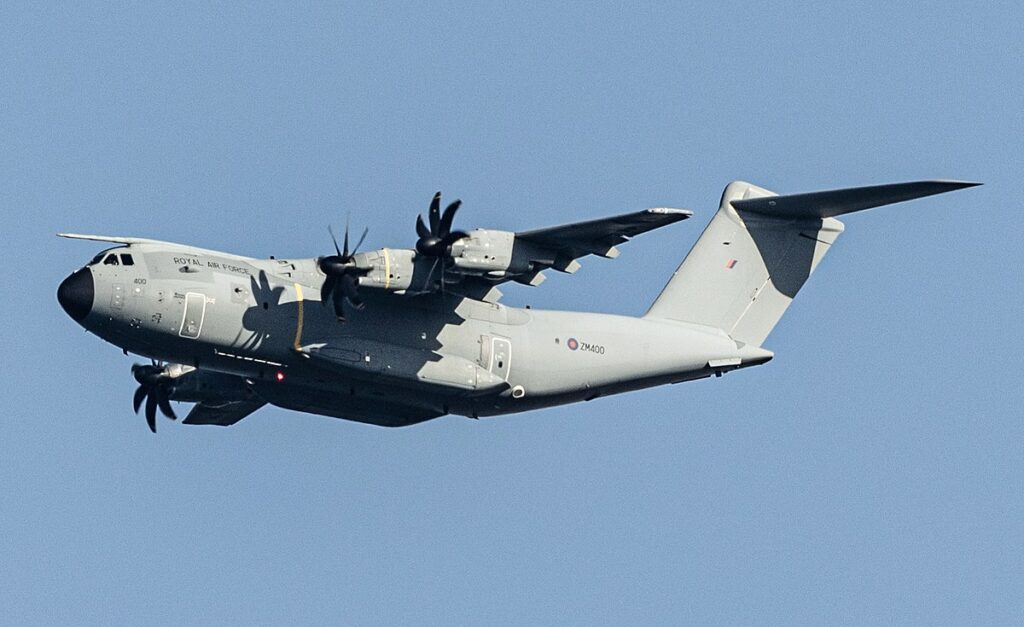
The fourth type of plane encompasses military planes, which include a diverse range of types, including fighter jets, bombers, and unmanned aerial vehicles (UAVs). Military planes are renowned for their exceptional speed, often ranking among the fastest in the world. For instance, the SR-71 Blackbird established a speed record of Mach 3.3 (2,193MPH / 3,530KPH).
Here are some common types of military planes:
#15 Reconnaissance Planes:
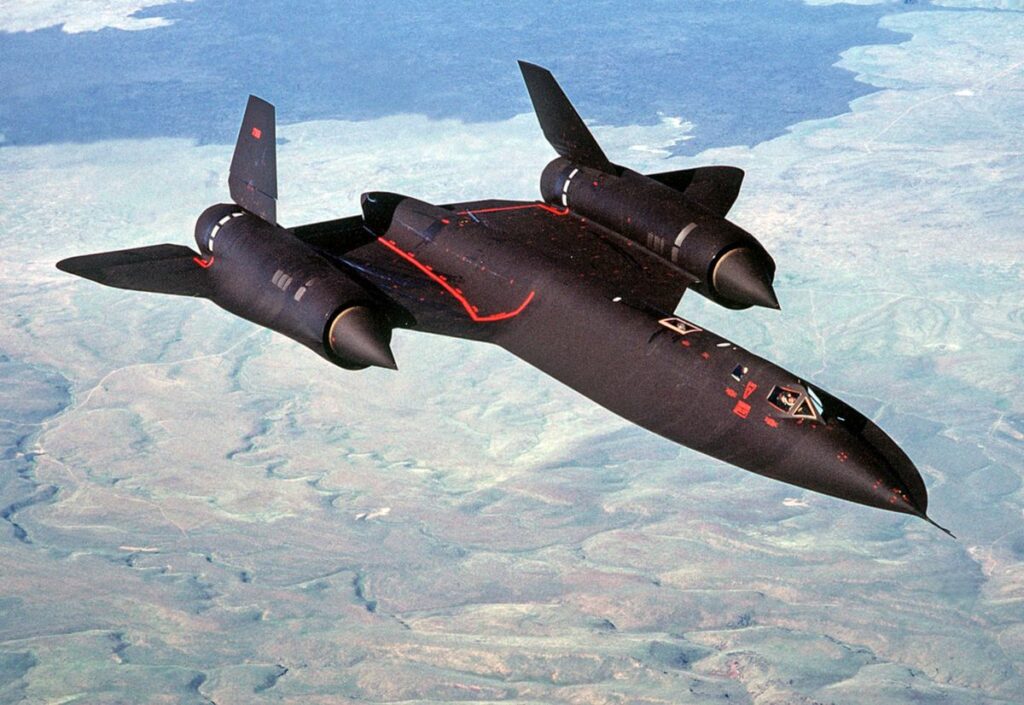
The military relies on aircraft to carry out reconnaissance missions, aiming for secrecy and protection against surface-to-air missiles. While satellites play a significant role in reconnaissance, aircraft still contribute to high-level surveillance operations. Additionally, reconnaissance aircraft are involved in monitoring activities such as trafficking, including drug and human trafficking.
One notable example of a reconnaissance aircraft is the renowned SR-71, known for its remarkable capabilities of flying at Mach 3 and cruising at an altitude of 70,000 feet. The SR-71’s defensive strategy involved flying at high altitudes to evade surface-to-air missiles and outpace enemy interceptors.
#16 Fighter Jets:
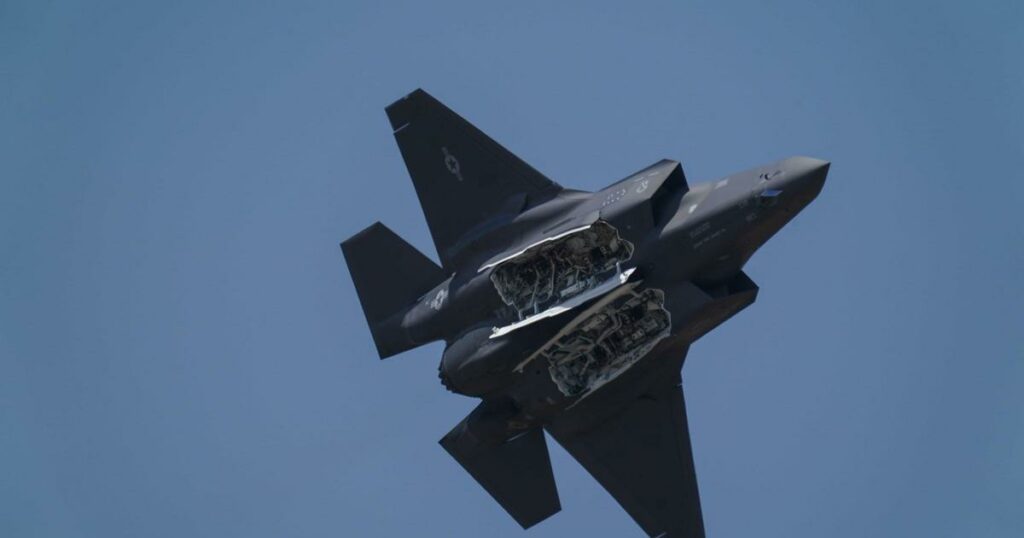
Fighter jets play a crucial role in engaging in air-to-air combat and neutralizing enemy aircraft. They are widely utilized for offensive and defensive missions, employing a range of weapons such as guided missiles, bombs, machine guns, rockets, and cannons.
Additionally, fighter jets may be equipped with electronic countermeasures to disrupt enemy radars and missiles, enhancing their self-defense capabilities. As a final line of defense, these aircraft deploy chaff and flares, which serve to confuse incoming missiles regarding the location of their intended target.
#17 Vertical Short Take-Off and Landing Aircraft:
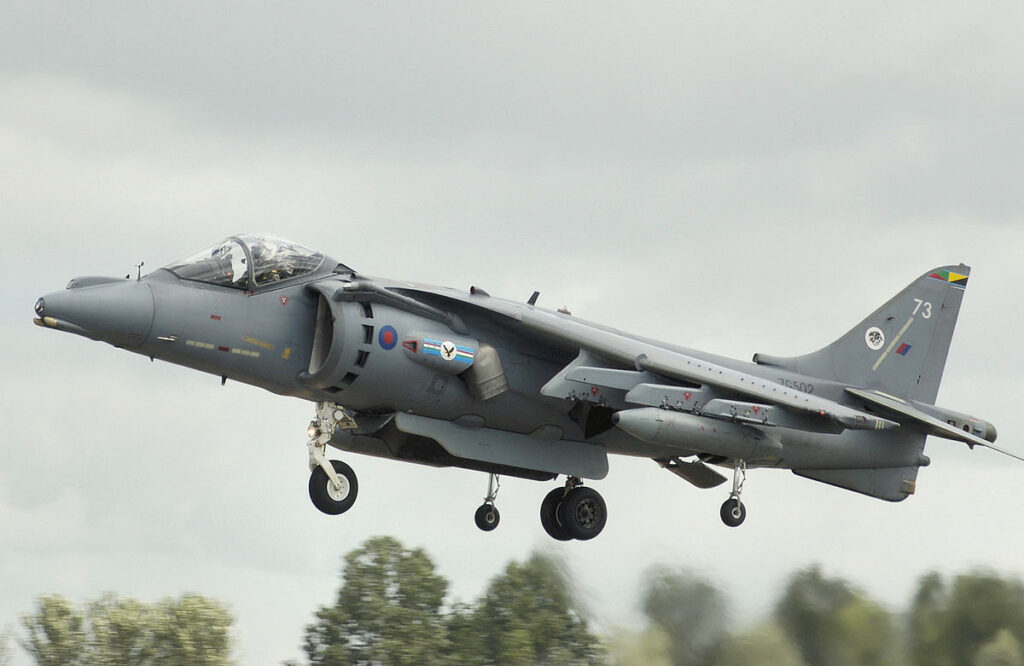
VSTOL (Vertical Short Take-Off and Landing) aircraft are utilized by the military to effectively operate from areas where conventional runways are unavailable or impractical. These aircraft possess the capability to take off and land vertically, enabling them to perform missions in restricted spaces.
Moreover, VSTOL aircraft can operate from aircraft carriers without relying on a catapult and cable arrest system. Two examples of VSTOL aircraft are the V22 Osprey, utilized as a military transport, and the Harrier aircraft, employed by the US Marines.
#18 Refueling planes:

Refueling aircraft play a crucial role in extending the range and operational time of other airborne assets by providing air-to-air refueling capabilities. These tanker aircraft utilize either a boom or basket system for refueling operations.
In the boom method, the receiving aircraft maneuvers to a specified position relative to the tanker, and the refueling operator guides the boom into the refueling receptacle of the receiving aircraft to initiate refueling.
On the other hand, the basket method involves the receiving aircraft directing its fuel drogue into the trailing refueling basket deployed by the tanker aircraft. Notably, the basket method offers the advantage of simultaneously refueling multiple aircraft, as the tanker aircraft can trail multiple refueling hoses, unlike the boom method.
#19 Military Bombers:

Military bombers are specialized aircraft primarily designed for the purpose of bombing targets. These planes are equipped to carry various types of bombs, ranging from precision strikes on specific targets to larger-scale destructive capabilities.
In contrast to fighter jets, bombers generally possess larger dimensions, resulting in slower speeds and reduced agility during flight. However, it would be a mistake to underestimate their capabilities based solely on their slower speeds and lesser maneuverability.
Bombers rank among the most technologically advanced aircraft globally, alongside fighter jets. An example of a military bomber is B-2 Spirit, typically just called the B-2 Bomber. It is one of the stealthiest planes ever created.
#20 Surveillance (Drones):
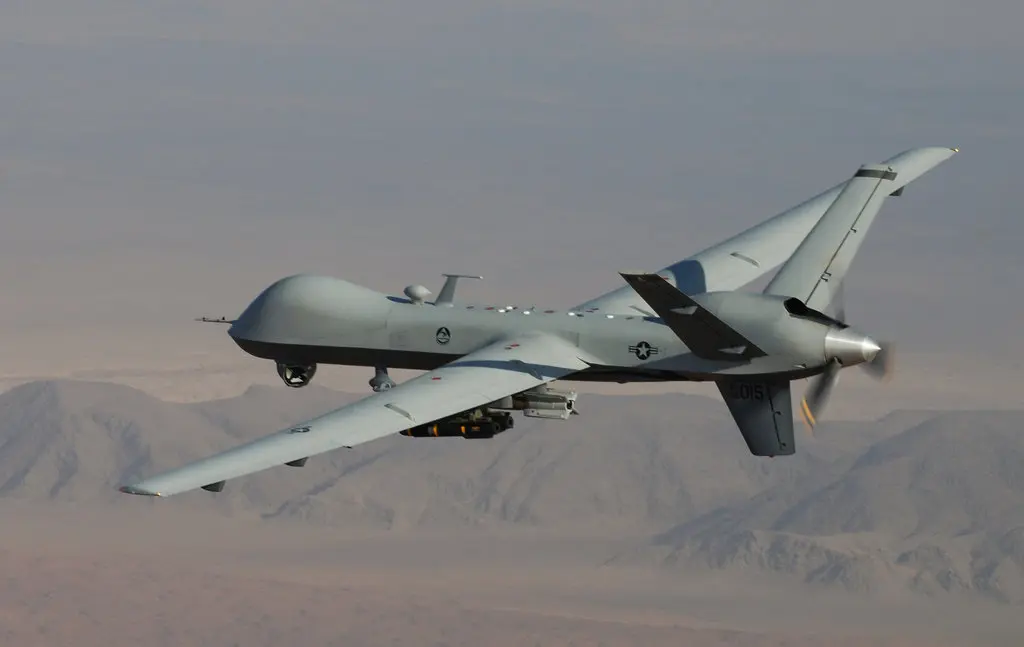
Surveillance planes and drones form a significant category within military aircraft. Their primary purpose is to conduct surveillance and reconnaissance operations. These aircraft are specifically designed to fly over enemy territories, gather intelligence, and depart the area undetected to avoid being targeted.
To effectively carry out surveillance and reconnaissance tasks, these aircraft must excel in three key areas: high-altitude capability, high-speed performance, and the ability to capture imagery from significant heights.
While the U-2 spy plane and the SR-71 Blackbird are widely recognized as iconic surveillance aircraft, the trend has recently shifted toward unmanned platforms. This allows the government to execute similar missions without endangering pilots’ lives.
Cargo planes:
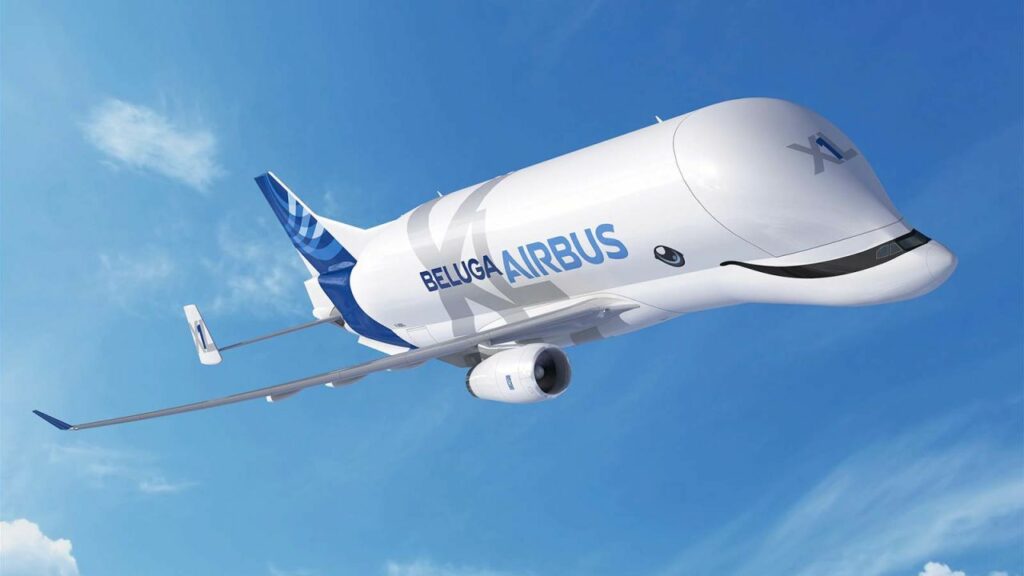
Cargo planes play a crucial role in the global transportation of goods. While some cargo can be accommodated in the cargo holds of passenger planes, certain hazardous materials are restricted from being carried on regular passenger flights.
Cargo aircraft come in various sizes, from single-engine piston planes that reach isolated communities to the immense Boeing 747-8 freighter aircraft. The larger cargo planes enable transporting of bulkier and heavier items by air.
#21 Cargo Aircraft:
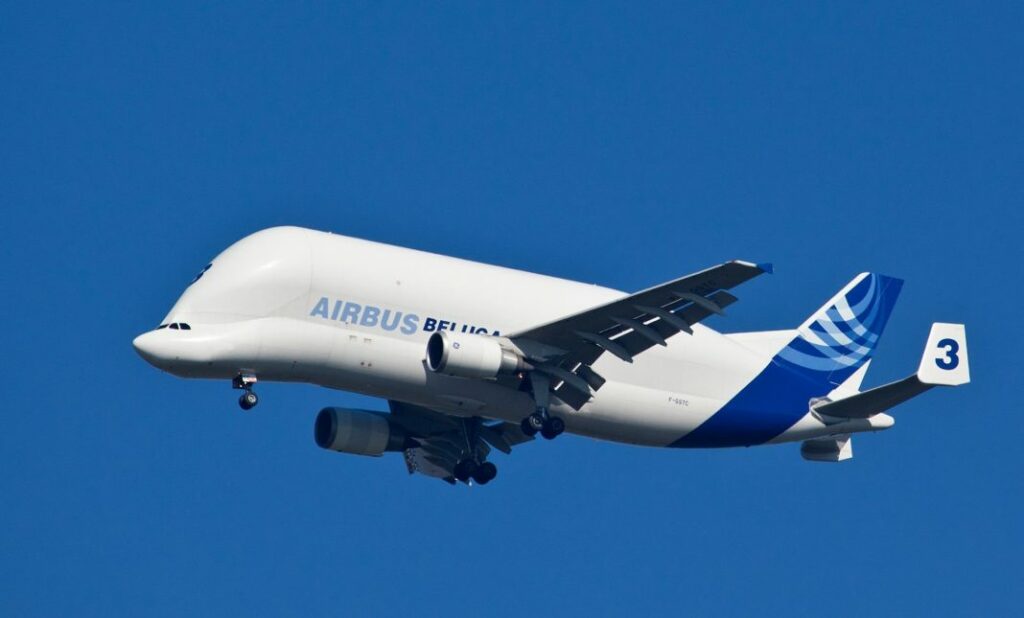
Cargo aircraft play a vital role in facilitating global supply chains and logistics operations. They enable the transportation of heavy loads over vast distances at high speeds. Certain cargo items, such as perishable goods like food and livestock, require special considerations. This aircraft can carry 340 cubic feet or 12 passengers.
Cargo aircraft can efficiently transport goods with a short shelf-life that necessitate temperature control, such as fruits, vegetables, and flowers. Among the widely used cargo aircraft is the Boeing 747-400 freighter, renowned for its popularity. The 747-400F has an impressive cargo capacity of 128.5 tonnes.
Other Types of Planes:
Let’s have a look at other planes which are used for other purposes:
#22 Medical Evacuation Aircraft:

Medical evacuation aircraft have a critical role in transporting injured or seriously ill individuals to specialized medical facilities or transferring them to their home countries after sustaining injuries while on vacation.
These aircraft can vary, ranging from turboprops like the King Air to small passenger jets that are to accommodate a stretcher for the patient and medical equipment in the cabin. During medical evacuations, air traffic control prioritizes these aircraft over other traffic and strives to provide them with the most direct routes possible.
#23 Amphibious Aircraft:
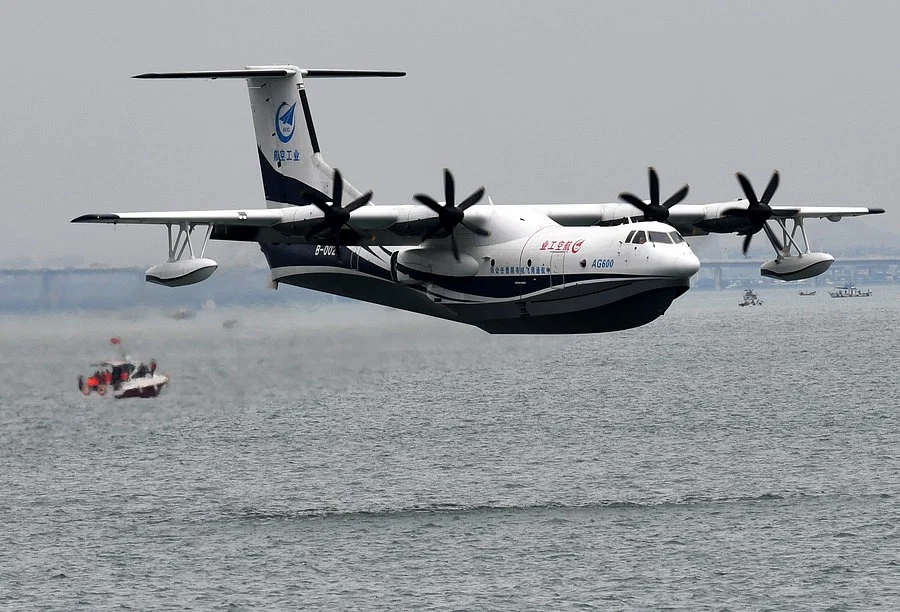
Amphibious aircraft are specifically designed to perform takeoffs and landings in both freshwater lakes and seas. Some aircraft can even be equipped with reinforced keels to land on snow or ice-covered terrain safely. These versatile aircraft are often used in remote areas for tourism purposes.
However, amphibious planes that offer a full range of landing capabilities tend to be heavier and require more extensive maintenance. It is generally recommended to use aircraft dedicated to either land or water landings for optimal performance. Pilots operating these planes face the challenge of properly adjusting the wheels for the intended landing surface. Failure to do so can result in damage to the aircraft.
#24 Crop Dusting Aircraft:
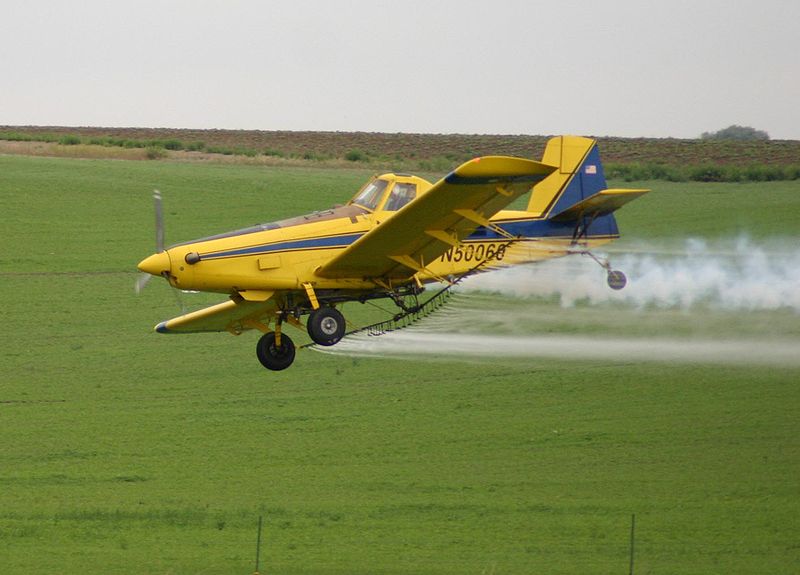
Crop dusters play a crucial role in efficiently treating vast agricultural areas. These aircraft, like the Piper PA-25 Pawnee, are modified with storage tanks and wing-mounted spray nozzles to distribute substances onto fields. They can swiftly cover large farm areas by spraying fluids such as pesticides or fertilizers.
However, crop dusting poses certain risks. To ensure accurate application, the aircraft must fly at low altitudes, increasing the potential hazards from objects like power lines, train tracks, or telephone wires. In case of an engine failure, the pilot has limited time to react and locate a suitable spot for an emergency landing.
#25 Water Bombers:
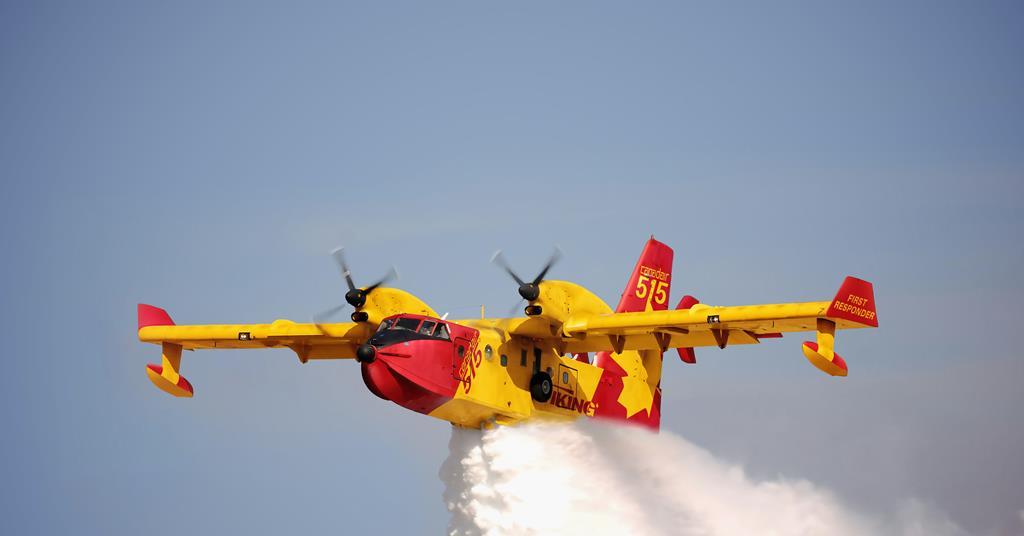
Water bombers are utilized for firefighting purposes. These aircraft have the capacity to swiftly dispense a significant volume of water over expansive and difficult-to-reach locations within a short period. The DC-10, which has been converted for this purpose, and the Canadair CL-415 are notable examples of water bombers.
These specially modified planes carry water in their cargo compartments and release it into the targeted areas. In cases where the aircraft have amphibious capabilities, they can also refill their water supply from nearby water sources like lakes.
Conclusion:
Planes have profoundly impacted society, transforming transportation, trade, and security. From commercial airliners to military jets, general aviation to cargo planes, and experimental to unmanned aircraft, each type serves a unique purpose.
The ongoing advancements in airplane technology continue to shape the industry, bringing new possibilities and enhancing our ability to travel and connect with the world. In this article, we have explored the different types of planes and their significance in the aviation industry. We hope this will serve as a good guide to everyone looking for a detailed discussion on plane types.




